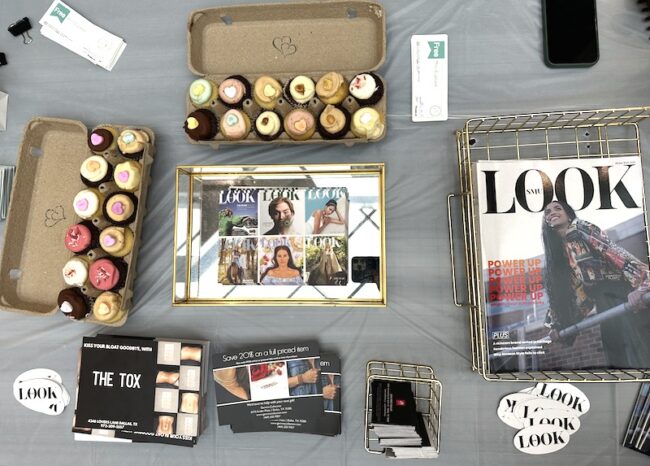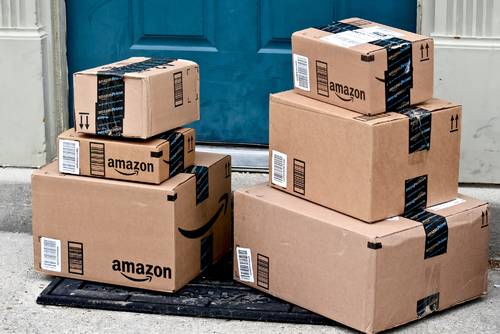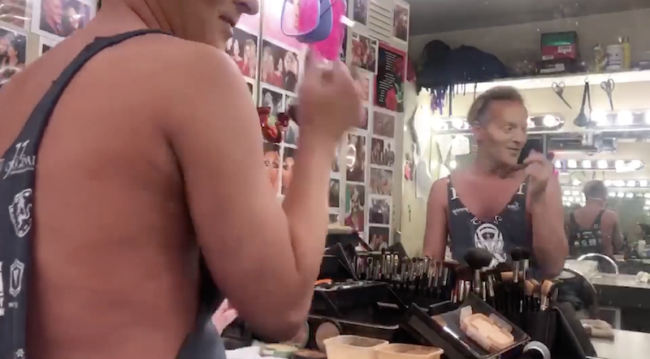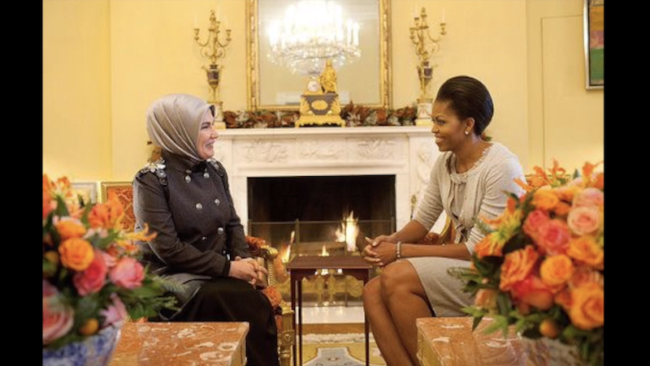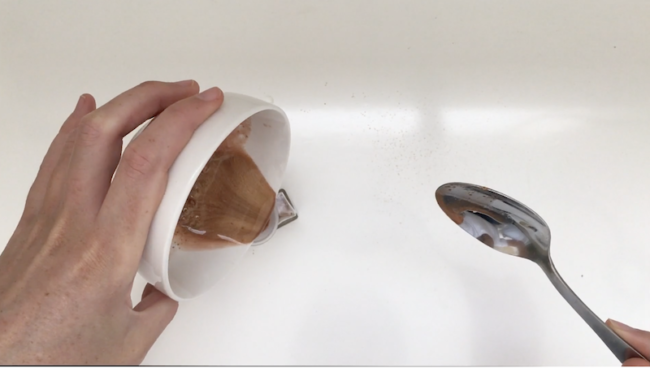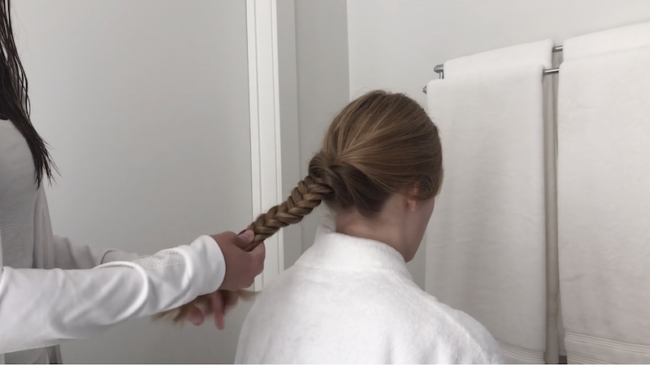By Madeleine Kalb
A plain white cotton T-shirt retails at American Apparel for $24. A similar white V-neck T-shirt constructed from modal and cotton retails at Forever 21 for a sixth of the price at $3.90.
The cost of this price disparity is made possible by outsourcing labor to factories that hire workers for pennies. The Forever 21 T-shirt was manufactured in Nicaragua and the American Apparel shirt was made at home in Los Angeles.

“The North American Free Trade Agreement set in motion a lot of the migration of apparel and textile jobs out of the U.S.,” Rosanne Hart, founder of the Hart Agency, said. “I witnessed this in the drastic reduction of apparel manufacturers in Dallas who were clients of our’s in the 1990s.”
Hart also added that there is apparel manufacturing present in America today but at a very limited level. She cites that the vast majority of consumers in America don’t want to pay the added costs of purchasing clothing made domestically and that the designers who do manufacture here only do so on a limited level.
“I would buy the $3.90 white tee. As an avid shopper, I’m always looking for staple pieces. It’s a white T-shirt, which will probably be paired with jeans or covered by a jacket. Why spend the extra $20.10 on the same item?“ Elizabeth Sfondrini, an unbiased consumer, said.
In the 1990s, American Apparel entered the fashion market and ignited the made-in-America movement. According to a report published in the LA Times, more than eight in 10 Americans have become increasingly wary of mass-produced items and want goods that are unique and made sustainably in America. Americans associate the made-in-America movement with higher quality goods. The report even suggests that Americans are willing to pay more for domestically manufactured goods.
SMU graduate Matt Alexander became a local Dallas fixture of the made-in-America movement with the founding of Need (now rebranded as Foremost) in November 2013. Foremost is an American-made clothing line available for both men and women at an affordable cost. A Pima cotton and MicroModal tee from Foremost costs the same as a plain cotton tee from American Apparel.
SMU student Miranda Zsigmond said that she would be more likely to purchase the Foremost white tee over the Forever 21 tee if it was better quality and manufactured ethically.
“It’s really just a question of scale and infrastructure on the technical side of things for apparel,” Alexander said.
Alexander recently moved the manufacturing of Foremost out of the suburbs of Dallas to Los Angeles in order to increase efficiency. Alexander said that Dallas was just not a hub of manufacturing.

The obstacle that most Americans believe Alexander and other American-made designers face is finding a factory that has the infrastructure, resources and ability to produce garments at an affordable price.
“Many people are shocked that we’d be able to produce affordable tees in the U.S.,” Alexander said. “Really though, there’s a huge amount of infrastructure and talent here. It may not be as cheap as it would be abroad, but it has not been prohibitive for making something great.”
According to a report published by China-Briefing, the minimum hourly wage for workers in India, a country that is heavily reliant on apparel manufacturing, is $0.28. Compare that to the American minimum wage of $7.25.
The Foremost brand targets men and women ages 18 to 25 and 35 to 44. Most of their customers are located across the globe in Dallas, New York, San Francisco, Los Angeles, London, Sydney, Paris and Berlin.
According to Alexander, he is able to manufacture apparel domestically at a profit because of scale. When Alexander puts in his order at the factory, the larger the order the smaller the price. If he were to try to produce a small amount of product, it would no longer be a profitable business.
As for the future of the made-in-America movement, Alexander believes a lot of brands are trying.
“For us, as Foremost lives alongside another brand, we don’t have as much of a focus on reaching enormous scale,” Alexander said. “I can grow my brand at its own pace and ultimately amount to something larger. Time will tell.”



